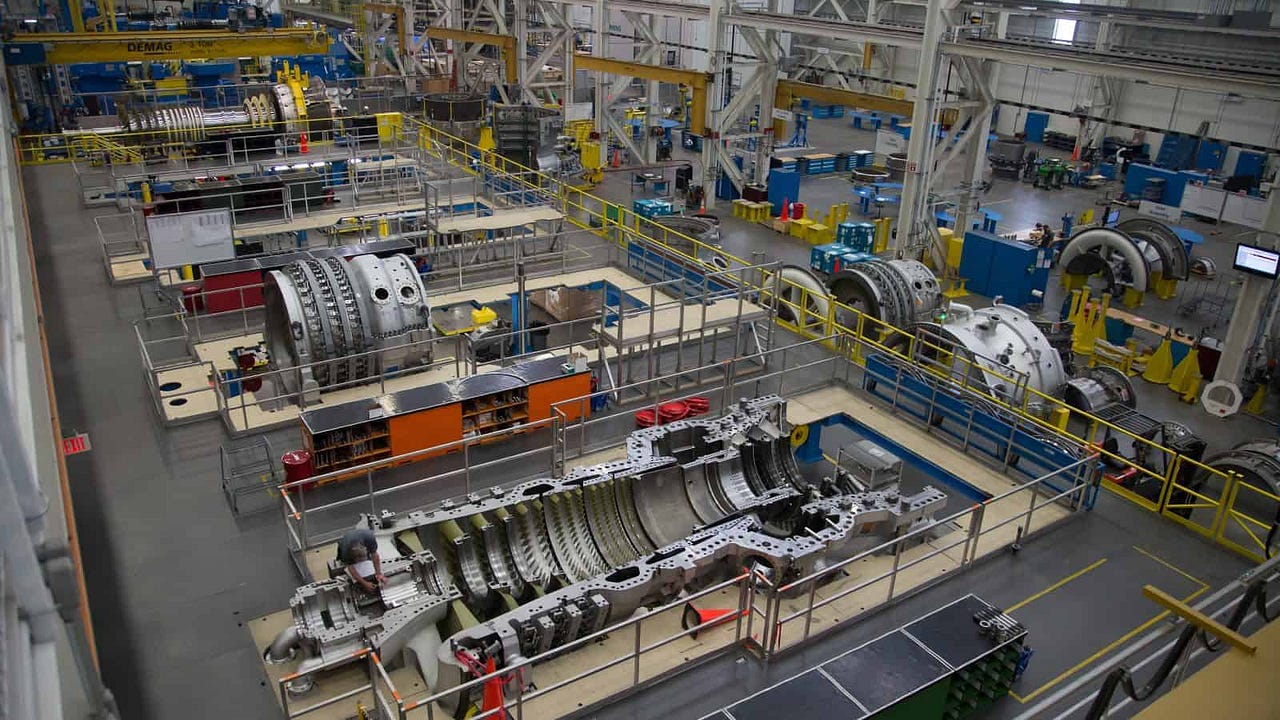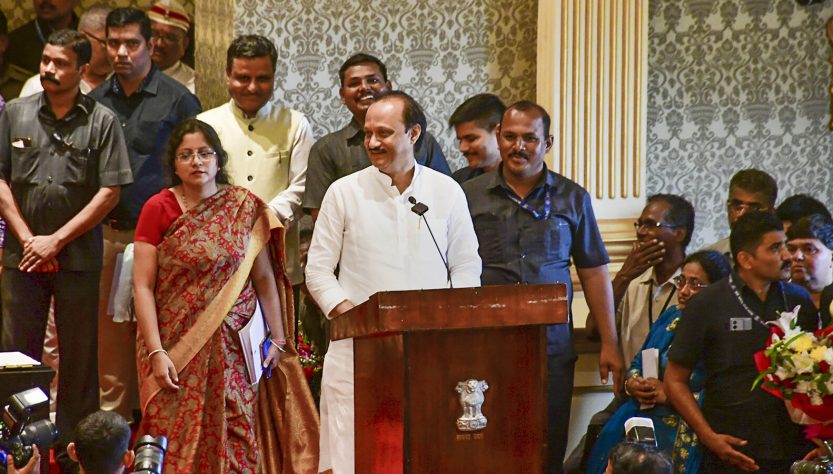
Here are fifteen top reasons why India will never become a manufacturing hub for the world;
1. Expensive Power, expensive fuel (petrol and diesel) due to high taxation.
Most of the power generation is in private sector now, if not the generation, then distribution is in private sector. Adani is a major player in this sector. Most of the power generation is done using coal in thermal power plants. Adani owns coal mines in Australia from where coal is being imported and is being forced on other power generation companies via an executive order that all coal used in thermal power plants has to have a 20% imported component. Coal that is landing on the east coast has to be sent by cargo to Adani’s west coast port of Kandla, from where it is supplied to thermal power plants across the country, thus adding freight to the already existing cost. All these are policy decisions taken by Modi Government.
Solution: Bring power under Public Sector and switch to renewable sources, cut down on use of coal.
2. Expensive Manpower, coupled with poorly skilled manpower.
Cost of living is very high in India as there is runaway inflation, health care is now in private hands and so is education. The public education system has been systematically destroyed and degraded such that only the poorest of poor are sending their children to government schools. Housing is expensive, transportation costs have gone up because of expensive petrol and diesel. There is toll tax for use of roads almost everywhere. All this makes manpower expensive as living wages are high. The other problem is even the manpower that passes the gates of universities and colleges is unemployable. As per reports 90% of engineering graduates are unfit for work. There is no program for skilling people. The program Skill-India has delivered a still born baby.
Solution: Have free or highly subsidized ITI’s that can do skill training. Government should run these institutes.
3. Expensive Land.
All land is expensive, especially when it is close to ports and inside cities where labor can be sourced easily. This adds to the cost of setting up a project. For the businessman / industrialist, the cost of the project starts the moment they borrow money as there is no grace period for charging of interest. Setting up a manufacturing unit from concept to operation can take anywhere between 6 months to 2 years. By the time production starts and goes commercial, the businessman is already under a lot of financial stress.
Solution: Government should allot land for free or at highly subsidized rates, like it is done by various state Industrial Development Corporations. Government should create all support infrastructure, like roads, transport planning for raw material, finished material and manpower.
4. Poor Design Facilities
Every business house / industrialist has to set up his own design and development facility. This is not the case in China where common design and development facilities are available. Because of this, the cost of putting out a new design is prohibitive.
Solution: Government should set up design and development centers where businessmen and industrialist can bring their designs and do rapid prototyping thus reducing the cost of setting up individual design centers. These design centers should be equipped with latest high power computers and 3D Printers and should allow design to die cycle.
5. Heavy Taxation.
India is one of the worst country as far as taxation is concerned. There is 24% corporate tax and up to 33% personal income tax. On top of that almost everything is under Goods and Services Tax which ranges from 5% to 28%. These taxes make living cost expensive and is theft of labor. Taxes are taking away money that usually was ending up as saving. Banks have been forced to offer higher interest rates to mop up funds for lending.
Solution: Go easy on taxing the common man, go aggressive on taxing the rich and luxury products. If possible, do away with personal income tax and take only indirect tax via GST regime.
6. Rampant Corruption top to bottom. Local Politicians and Goons too.
There is corruption everywhere. Nothing moves without money being paid. Recently the BJP government of Karnataka, which lost the elections, was accused of 40% corruption and that too by its own members who were business owners. Corruption adds to the cost of doing business and also leads to substandard products. Narendra Modi’s tall claims that corruption has ended are all but gas. The Karnataka Government Contractors Association went public with their allegations and was willing to provide proof of corruption.
Solution: The fountainhead of corruption is the corrupt and expensive election system. BJP has been taking Electoral Bonds and also extorting money misusing ED and CBI (as per allegations) from businessmen and industrialists. Those who don’t comply are raided and harassed by ED, CBI and Income Tax Department. This is nothing but tax terrorism. Election Commission should reduce the upper limit of money being spent on election to 2 Lakhs for MLA and 5 Lakhs for MP. Only then will the rot stop.
7. High Finance costs and corruption in getting finance.
Bank interest rates are high, ranging between 10 to 14% for businessmen. Compare this with 4 to 6% in China. Indian businesses can not compete with such high interest rates. Also, there is rampant corruption in getting loans sanctioned. Bribes are common, other than that many other inducements have to be given to get a loan sanctioned.
Solution: Ensure interest rates for businessmen and industrialists are in the same range as China / US and let there be a grace period for charging interest from disbursement to start of production.
8. Expensive Raw Material.
Raw material costs are high because of many factors, wages, transportation, expensive land, corruption in allocation of resources (for extraction of raw material). All of these add up to the cost of the product. Our products end up being expensive as compared to similar products from China. Why would anyone buy from us when the Chinese products are better designed and cheaper?
Solution: Address each part of the problem, reduce living costs such that wages can be brought in line, reduce taxes on petrol, diesel such that transportation can become cheaper, allocate resources in transparent manner keeping national interest uppermost in mind.
9. Crony Capitalism
Only a handful of businessmen and industrialists are capturing most of the industry. Government policies are created for them (and some say by them for themselves!). This is also because these businessmen and industrialists finance the government, the ruling political party to ensure continuity of their favored positions. Over the last 10 years, the SME (Small and Medium Enterprises) sector has been completely destroyed due to this crony capitalism. SME Sector is the larges job creator in India, no more.
Solution: Ensure wider participation for all businessmen and industrialists. Encourage the SME sector with liberal loans, lands and other incentives. Protect and nourish this sector.
10. Bureaucratic Red Tape.
It is almost impossible to set up a business / industry in the country. There is so much red tape that it becomes difficult to cross all hurdles. In China they have a single window approach. Here once again corruption in all departments ensure that it takes ages for setting up a business and bringing it online.
Solution: Take the Single Window approach. The businessman should not have to approach anyone other than a single point of contact within the government. All clearances should be obtained through this single window.
11. Poor Policy Framework.
Government has a poor policy framework. This is because of crony capitalism and the policies being created by the rich for the rich. The government is just allowing anything to go.
Solution: Take everyone on board. There is enough for everyone but not enough for the greed of the top 100-1000 businessmen and industrialists.
12. Industrialists and Businessmen being looked as source of loot.
Everyone looks are industrialists and businessmen as sources of funds. They want your money by hook or crook. They think that the industrialists are rolling in money (indeed some are due to policies, but they are adequately protected), and everyone is trying to extract money from the businessman.
Solution: Have a better law and order system which ensures that businessmen and industrialists don’t suffer from illegal extortion.
13. Expensive Logistics and Warehousing Costs.
Petrol, Diesel prices being high, leads to high logistics costs, add to that the cost of labor which has to live in the same space as everyone else and even paying living wages is adding to the cost. With land being expensive, setting up warehousing is an expensive proposition. Most of the warehousing is at far flug places, adding to the transportation costs for every product produced and delivered.
Solution: Have a re-look at the warehousing policy, allow warehouses closer to the population, reduce taxes on petrol, diesel.
14. Poor Management Policies.
In companies, most of the labor is on contract basis. This has become possible due to lax government policies and corruption in those who run labor unions. Also, absence of jobs leads to availability of labor that can be taken on contract rather than on the payroll. There are people willing to work even on contract. This creates lower wage situation for the workers and also there is no safety net for them in case the organization fails.
Solution: Ensure worker protection and fair wages through strict implementation of policies that favor the worker.
15. No External Focus and no attempt to serve the world.
Indian businessmen and industrialists live in a protected market and this is a huge market. Thus, they produce substandard quality of goods that sell because superior quality goods are being made expensive through customs duties and taxes.
As the businessmen and industrialists have a captive market, they are not expanding to address the international market, nor are they improving their designs or doing innovation. This has led to their focus being only on domestic consumption. In turn this leads to poor quality of products which don’t have an international market. Also, the cost of products is high as per reasons given above, making products made in India expensive compared to China. For the international consumer or even Indian consumer, his first loyalty is to his wallet, thus these substandard products are falling off the radar both nationally and internationally.
Solution: If all the problems listed above were addressed then Indian businessmen and industrialists can start to concentrate on exports and that will help the nation in bringing in foreign exchange and also lead to rise in our economic power across the world.



No comments:
Post a Comment